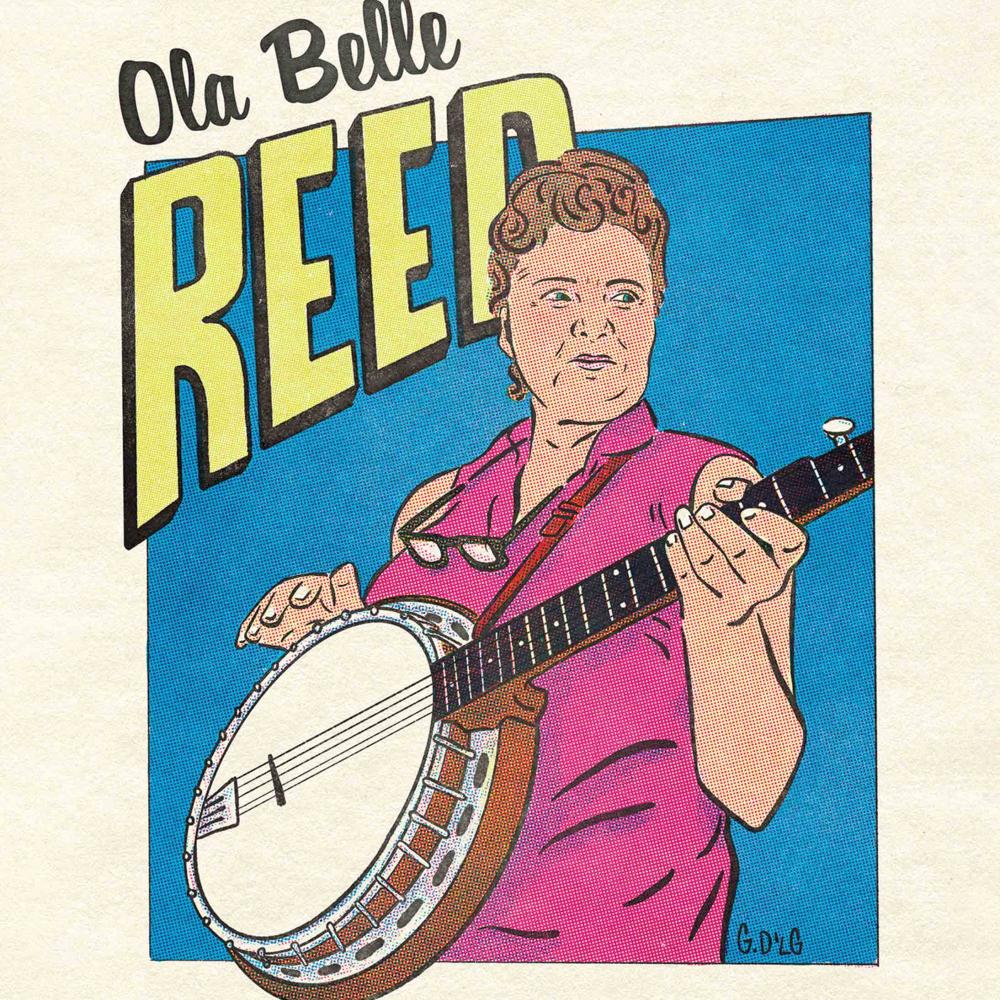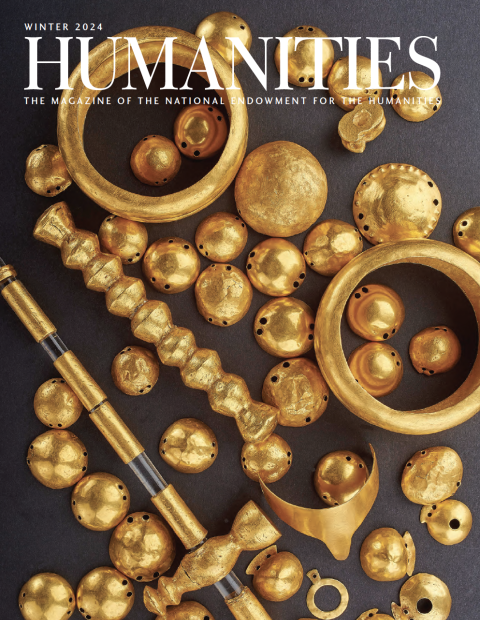Before Spotify, even before CDs, tapes, radios, or phonographs, if someone wanted to listen to music, they had to create it themselves. It was in this era, in the mountains of Appalachia and in the parlors of country folk, where old-time music was born. Combining the fiddle and ballad traditions of Scotland, Ireland, and England with the vocal, rhythm, and instrumental (banjo) styles from west Africa, old-time music forged a new and distinctly American sound.
This music, made to entertain and connect communities, was often performed and passed down through generations by the women. The players would gather on front porches and at church events. They would pick their banjos, play their fiddles, and sing as friends, family, and children danced around them.
As technology evolved and microphones and phonographs were invented, record companies sought to capitalize on as many styles of music as possible. In 1927, New York music producer Ralph Peer, looking to record old-time music, discovered Bristol, a small town straddling the Tennessee-Virginia state line that provided proximity to several local old-time musicians. Soon the word spread of Peer’s enterprise, and over a 12-day recording session, 76 songs by 19 performing groups were recorded.
Despite women’s influence on the genre, out of the known 50 plus musicians who performed during these Bristol sessions, only about a dozen were women. Most of the female artists stayed home—they had children to raise, farms to care for, and houses to tend to. They were not able, or encouraged, to take time off to perform.
The records produced during the Bristol sessions became the first commercially successful old-time music recordings. They launched the careers of musicians such as Jimmie Rodgers, a member of the Country Music Hall of Fame, and the Carter Family, a Grammy Award-winning group. The records became so influential that the 1927 recording sessions became known as “The Big Bang of Country Music,” and, in 1998, Bristol was named the birthplace of country music.
While all this happened, the women in country music were largely forgotten. The few female artists who did record their music were often the token “girl performer” in mostly male ensembles. They were paid less than their male counterparts and their careers were frequently interrupted or cut short because of domestic responsibilities and traditions.
Now they are remembered in an exhibition at the Birthplace of Country Music Museum in Bristol, supported by the Virginia Foundation for the Humanities, that ran through December 31. “I’ve Endured: Women in Old-Time Music” highlights the heroines of the genre, capturing the untold history and influence of these women. Included are the stories of previously overlooked musicians, such as Roba Stanley, whose promising career as a teenage guitarist and singer came to a full stop after she got married, was forbidden to perform by her new husband, and had to give away her guitar, and Lucy Jane Smith Stanley, who taught her son, Grammy Award–winning Ralph Stanley, how to play the banjo. Some surprising success stories, such as the long and difficult path of Etta Baker’s, are also told.
Born into a family of musicians, Etta Lucille Reid started playing guitar at the age of three. She was encouraged by her father, and often performed her unique fingerpicking style at local events. These public performances stopped, however, after she married Lee Baker in 1936. She spent 20 years working at a textile company, raising nine children, and playing her instruments in the confines of her own home, until 1956, when she met fellow musician Paul Clayton. Clayton encouraged Baker to record some tracks for his record Instrumental Music of the Southern Appalachians. Baker did, and the record became massively popular. It was one of the first commercially available recordings of African American banjo music and was said to have influenced musicians such as Bob Dylan and Taj Mahal.
Despite the record’s success, it would not be until after the death of her husband, in 1967, that Baker finally began playing publicly again. She was sixty years old. She quickly grew a large following, released three studio albums, and received accolades for her work, including the North Carolina Folk Heritage Award.
Some women of the exhibition were not only performers but also worked to make the genre of old-time music more accessible to women and other minority communities. Helen White, for example, was the founder of Junior Appalachian Musicians (JAM), a nonprofit teaching kids in underserved communities how to play old-time and bluegrass music. Today JAM runs more than 50 after-school programs throughout Appalachia.
In an interview with Susan J. Kroupa, White stated that “JAM has built a sense of pride across generations.” Kids in the program are able to bond with grandparents over old-time music and ultimately find their place within a larger community.
Alongside this exhibition, which is traveling through 2025, the museum is offering special programs and resources, including an 18-episode video playlist that features interviews with women who’ve been influential in the field, and a website with lesson plans and programs, such as the Black Banjo Reclamation project and Bluegrass Pride, two projects that seek to open the field of old-time music to the Black and LGBTQ+ communities.
The story of women in old-time music is often one of struggle and setbacks, yet they still played and persevered. The hills and valleys of this history are best encapsulated in the lyrics of the exhibition’s namesake, Ola Belle Reed’s song “I’ve Endured.”
I’ve worked for the rich / I’ve lived with the poor / I’ve seen many a heartache / There’ll be many more / I’ve lived luck and sorrow / Been to success and stone / I’ve endured / I’ve endured / how long can one endure?


